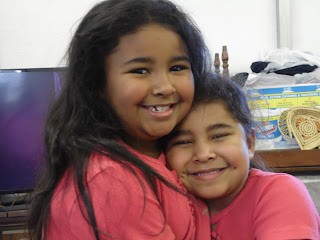A snippet from The Exsanguination of the Second Society

A snippet from The Exsanguination of the Second Society: Scholarly Historical Fiction Relating to Robeson County, North Carolina's Tuscaroras Chapter 5 The Good-Old-Boys Club Sucks Now Miss Lucy found eggs and canned biscuits in the refrigerator and had breakfast on the table at 6:30. As Jake sat in front of his scrambled eggs across from his roomie, he said, “Bes a gaumed up mess. Sorry I got you into this.” “No,” her gentle smile warmed the cool kitchen, “I haven’t felt this alive since, since, a long time.” They returned kind expressions and drank a pot of coffee as Jake read through her clippings and stopped when a headline revealed that in 1973 several thousand pounds of stolen Bureau of Indian Affairs reports had been found in Maxton, NC. “Appalachian State’s website has a chronological list of events on the Robeson Peoples, but fails to include pertinent details, so I found the newspaper clipping from a library database and made a copy.” “And this?” Jake s




